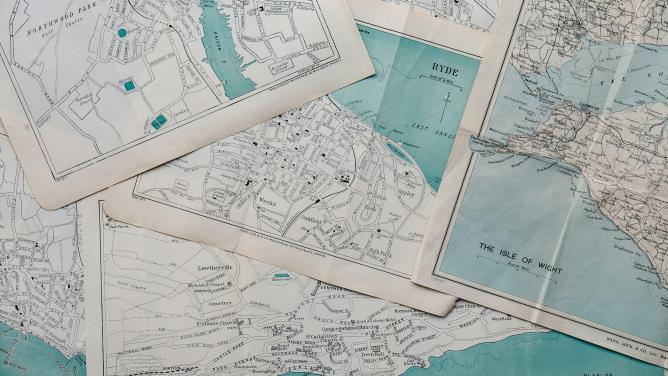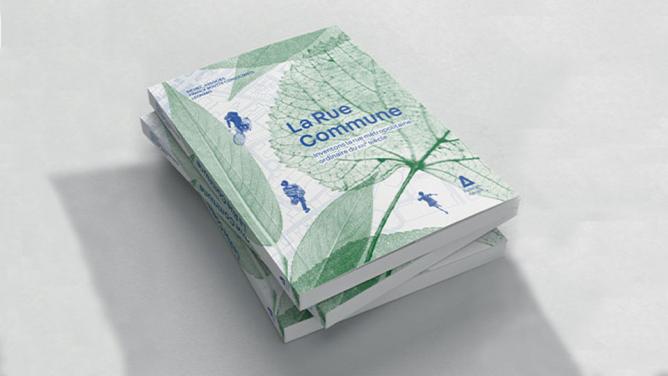As part of Leonard’s Building Beyond festival, several urban planning researchers and specialists gathered together for the conference on Défricheurs de la biodiversité en ville (Urban Biodiversity Pioneers). Their aim was to examine the difficulties of biodiversity from all sides and outline the path forward for the sector. The conference featured: Paola Mugnier, director of Urbalia, a company specialising in urban biodiversity and farming; Michel Hössler, founder of Agence TER which won the Grand Prix de l’Urbanisme in 2018; Philippe Clergeau, professor at the French National Natural History Museum; and Catherine Aubertin, environmental economist at IRD.
Let’s start with a definition. Philippe Clergeau reminds us that biodiversity isn’t simply an amount of species in which the large majority would be enough to establish diversity: “The notion of biodiversity includes the idea of functional relationships between species.” This notion is much more challenging and places a plant or animal in an ecosystem. Therefore, it is about understanding mechanisms of cooperation, competition, predatory behaviour and symbiosis.
Misleading indicators
Some economists and urban planners have a tendency to express biodiversity in numbers and indicators in order to evaluate its cost and make trade-offs. However, this notion was debunked several times during the conference. Such indicators are often partial and highlight the services rendered to humans by nature. It is a useful, yet reductive exercise.
“People take it more seriously if we include numbers, it’s more reassuring,” explains Catherine Aubertin. “But it is the researcher who choses a value or a species, and it is very difficult to summarize biodiversity in this way.” A tree provides shade and thus a cooling effect, it is aesthetically pleasing and it cleans the air, but does it really relate to any ecosystem? “We have a role to play in making this health system last and enabling this biodiversity to function,” adds Philippe Clergeau.
Marketing and functional nature
With his PowerPoint at the ready, Michel Hoessler paints a fascinating history of approaches to nature in urban planning. He ends by presenting projects completed by his agency, which fit into their ecosystem. For example, Trapèze park in Boulogne-Billancourt has a hydraulic function: “We were asked to regulate rainwater and potential flooding.” As for the park along Les Docks in Saint-Ouen, they kept the old Alstom factory’s allotments and saved their function as providing food.
As a result, the panel members reject some of the trendier attempts at making a city “more natural”, such as tower blocks with green façades (like Bosco Verticale in Milan) or the promise of “urban forests”. These such examples focus on the services rendered rather than taking into account the environment in which they are found. According to Philippe Clergeau, it’s an all too-common aberration.
Consider all living things
For the latter, it’s the biodiversity assessment stage which is especially flawed. “The assessment stage is fundamental, yet it is often lacking in most major builds,” he laments. “This stage must come before the project is drawn up. My biggest wish is to change the MOP law (French public building procurement law) and impose preliminary diagnostics whichtake very strongly into account the existing environment, integrating it as best as possible into the urban project. Even now, we still continue to see major projects that are built from scratch. I think we must change many things in the approach to our profession. APUR (The Paris Urbanism Agency) is outraged by the station neighbourhoods being built in Grand Paris, without any consideration about public space.”
Without the usual indicators and trendy designs, what remains to be taught is what lies behind the term biodiversity and how ecosystems function. The panel really hopes to see this become a topic of debate and training for multiple disciplines.
“Making the link between construction trades and implementable ecological solutions,” suchis the work of Paola Mugnier, who describes her role at Urbalia as the “missing link“. This is all the more true as “nature escapes the administrative division and compartmentalisation of skills” observes Michel Hössler. “When we behave as if we are god, we must at least do as well as god would,” he summarises.


